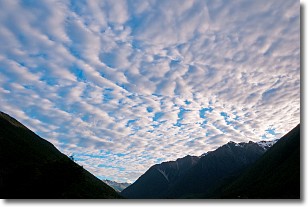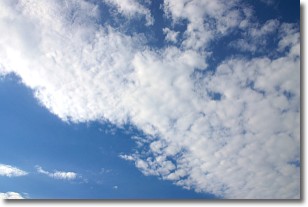Weather Alert in Texas
Beach Hazards Statement issued May 13 at 3:00PM CDT until May 14 at 10:00PM CDT by NWS Houston/Galveston TX
AREAS AFFECTED: Matagorda Islands; Brazoria Islands; Galveston Island; Bolivar Peninsula
DESCRIPTION: * WHAT...Dangerous rip currents and minor coastal flooding, especially during times of high tides are expected. * WHERE...Gulf-facing beaches, including the Matagorda Peninsula, Brazoria County beaches, Galveston Island and the Bolivar Peninsula. * WHEN...From late tonight through Wednesday evening. * IMPACTS...Hazardous beach conditions with strong rip currents, especially near jetties and piers. Elevated tides could lead to minor flooding of beaches, lots, parks and roads. This includes the lowest more-prone spots like Highway 87/24 along the Bolivar Peninsula, western Galveston Island, Bluewater Highway and Surfside.
INSTRUCTION: Remain out of the water to avoid hazardous swimming conditions. Rip currents are powerful channels of water flowing quickly away from shore...which occur most often at low spots or breaks in the sandbar and in the vicinity of structures such as groins...jetties and piers. Heed the advice of lifeguards...beach patrol flags and signs. If you become caught in a rip current...yell for help. Remain calm...do not exhaust yourself and stay afloat while waiting for help. If you have to swim out of a rip current...SWIM PARALLEL TO SHORE and back toward the beach when possible. Do not attempt to swim directly against a rip current as you will tire quickly.
Want more detail? Get the Complete 7 Day and Night Detailed Forecast!
Current U.S. National Radar--Current
The Current National Weather Radar is shown below with a UTC Time (subtract 5 hours from UTC to get Eastern Time).

National Weather Forecast--Current
The Current National Weather Forecast and National Weather Map are shown below.

National Weather Forecast for Tomorrow
Tomorrow National Weather Forecast and Tomorrow National Weather Map are show below.

North America Water Vapor (Moisture)
This map shows recent moisture content over North America. Bright and colored areas show high moisture (ie, clouds); brown indicates very little moisture present; black indicates no moisture.

Weather Topic: What are Stratus Clouds?
Home - Education - Cloud Types - Stratus Clouds
 Next Topic: Wall Clouds
Next Topic: Wall Clouds
Stratus clouds are similar to altostratus clouds, but form at a
lower altitude and are identified by their fog-like appearance, lacking the
distinguishing features of most clouds.
Stratus clouds are wider than most clouds, and their base has a smooth, uniform
look which is lighter in color than a nimbostratus cloud.
The presence of a stratus cloud indicates the possibility of minor precipitation,
such as drizzle, but heavier precipitation does not typically arrive in the form
of a stratus cloud.
Next Topic: Wall Clouds
Weather Topic: What are Altocumulus Clouds?
Home - Education - Cloud Types - Altocumulus Clouds
 Next Topic: Altostratus Clouds
Next Topic: Altostratus Clouds
Similar to cirrocumulus clouds, altocumulus clouds are
characterized by cloud patches. They are distinguished by larger cloudlets
than cirrocumulus clouds but are still smaller than stratocumulus clouds.
Altocumulus clouds most commonly form in middle altitudes (between 2 and 5 km)
and may resemble, at times, the shape of a flying saucer.
These uncommon formations, called altocumulus lenticularis, are created by uplift
in the atmosphere and are most often seen in close proximity to mountains.
Next Topic: Altostratus Clouds
Current conditions powered by WeatherAPI.com




